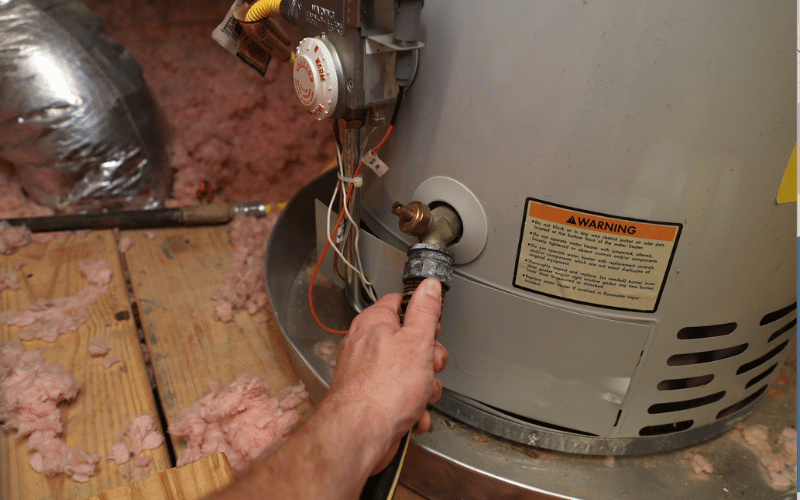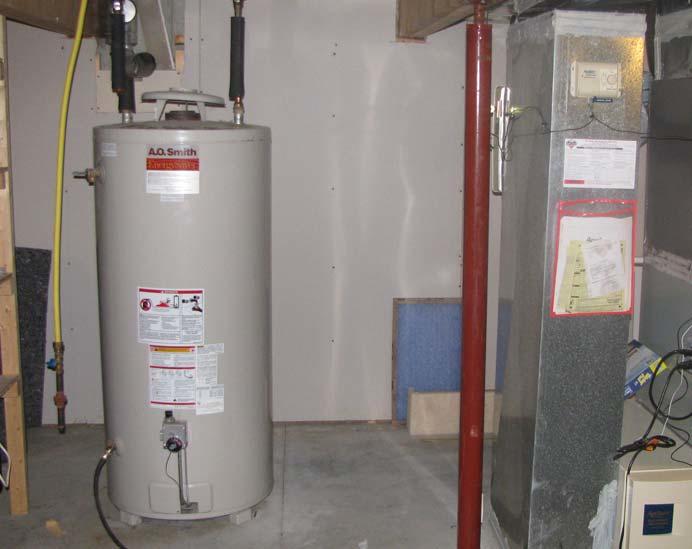They are making several good observations on the subject of Tips on Maintaining a Water Heater as a whole in this great article in the next paragraphs.

Hot water is necessary for day-to-day comfort, whether it's for a revitalizing shower or cleaning dishes. To ensure your hot water system runs successfully and lasts much longer, regular maintenance is crucial. This short article gives practical suggestions and insights on exactly how to keep your home's warm water system to prevent disruptions and costly repair work.
Introduction
Maintaining your home's hot water system could seem difficult, however with a couple of straightforward actions, you can guarantee it runs efficiently for several years ahead. This overview covers every little thing from recognizing your warm water system to do it yourself upkeep tips and recognizing when to call professional help.
Importance of Maintaining Your Hot Water System
Regular maintenance not only prolongs the life expectancy of your warm water system yet additionally guarantees it runs efficiently. Overlooking maintenance can cause reduced effectiveness, greater power costs, and also early failing of the system.
Indicators Your Warm Water System Needs Maintenance
Knowing when your hot water system needs focus can stop significant problems. Look out for signs such as irregular water temperature level, odd noises from the heating system, or corroded water.
Flushing the Water Heater
Purging your hot water heater eliminates sediment build-up, improving efficiency and lengthening its life.
Monitoring and Replacing Anode Rods
Anode poles stop rust inside the tank. Checking and replacing them when worn out is critical.
Complicated Issues Calling For Expert Help
Instances include significant leaks, electrical issues, or if your water heater is consistently underperforming.
Regular Specialist Maintenance Conveniences
Expert maintenance can consist of extensive evaluations, tune-ups, and making certain compliance with safety and security standards.
Evaluating and Changing Temperature Level Settings
Readjusting the temperature setups ensures optimum performance and safety and security.
DIY Tips for Upkeep
You can perform numerous upkeep tasks on your own to keep your warm water system in leading condition.
Looking for Leaks
Frequently inspect pipes and links for leaks, as these can bring about water damage and greater bills.
Understanding Your Warm Water System
Prior to diving into upkeep jobs, it's valuable to recognize the basic elements of your warm water system. Typically, this includes the hot water heater itself, pipes, anode rods, and temperature level controls.
Month-to-month Upkeep Tasks
Regular regular monthly checks can aid catch minor problems prior to they escalate.
Evaluating Pressure Relief Valves
Examining the stress relief valve ensures it works appropriately and prevents too much pressure accumulation.
Protecting Pipelines
Shielding hot water pipes decreases heat loss and can save power.
When to Call a Specialist
While do it yourself upkeep is advantageous, some problems need expert expertise.
Conclusion
Regular maintenance of your home's hot water system is necessary for performance, long life, and cost savings. By following these suggestions and understanding when to look for specialist aid, you can make certain a dependable supply of warm water without unanticipated disruptions.
How to Maintain an Instant Hot Water Heater
Before tinkering with your hot water heater, make sure that it’s not powered on. You also have to turn off the main circuit breaker and shut off the main gas line to prevent accidents. Also turn off the water valves connected to your unit to prevent water from flowing into and out of the appliance. 2. When you’re done, you have to detach the purge valves’ caps. These look like the letter “T” and are situated on either side of the water valves. Doing so will release any pressure that has accumulated inside the valves while at the same time avoid hot water from shooting out and burning your skin. 3. When the purge valves’ caps are removed, you have to connect your hosing lines to the valves. Your unit should have come with three hoses but if it didn’t, you can purchase these things from any hardware or home repair shops. You can also get them from retail stores that sell water heating systems. Read the user’s manual and follow it to complete this task properly. When the hosing lines are connected, open the purge port’s valves. 4. You should never use harsh chemical cleaners or solutions when cleaning your unit. Make use of white vinegar instead. It should be undiluted and you’ll probably use about 2 gallons. 5. Now flush your water heater. This task should probably take about 40 minutes. We can’t give you specific directions for this because the procedure is carried out depending on the type, model and brand of your heater. With that being said, refer to the user’s manual. 6. When you’re done draining the unit, you have to turn off the purge port valves again. Remove the hosing lines that you earlier installed on each of the water valves. Put the valve caps (purge port) back in their respective places and be very careful so as not to damage the rubber discs that are found inside these caps. 7. Now that everything’s back in place, check your user’s manual again to find out how to reactivate your water heating system. 8. Once it is working, turn one of your hot water faucets on just to let air pass through the heater’s water supply pipes. Leave the tap on until water flows smoothly out of it. https://www.orrplumbing.com/blog/2014/september/how-to-maintain-an-instant-hot-water-heater/

Do you like reading up on How to Maintain a Hot Water Heater in a Few Simple Steps? Make feedback directly below. We'd be delighted to find out your views about this blog post. We hope that you come back again soon. In case you appreciated our post if you please don't forget to share it. I love your readership.
Get A Free Quote